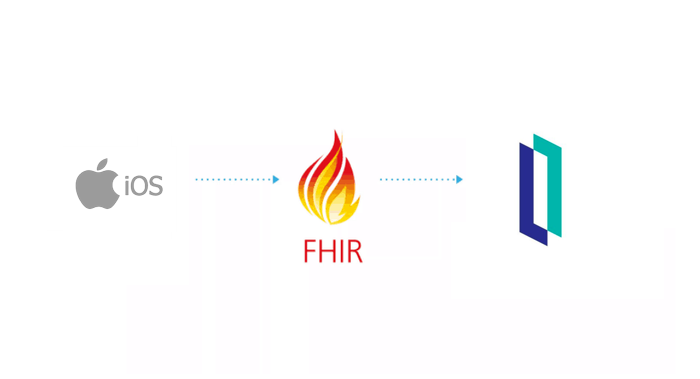Challenges of real-time AI/ML computations
We will start from the examples that we faced as Data Science practice at InterSystems:
- A “high-load” customer portal is integrated with an online recommendation system. The plan is to reconfigure promo campaigns at the level of the entire retail network (we will assume that instead of a “flat” promo campaign master there will be used a “segment-tactic” matrix). What will happen to the recommender mechanisms? What will happen to data feeds and updates into the recommender mechanisms (the volume of input data having increased 25000 times)? What will happen to recommendation rule generation setup (the need to reduce 1000 times the recommendation rule filtering threshold due to a thousandfold increase of the volume and “assortment” of the rules generated)?
- An equipment health monitoring system uses “manual” data sample feeds. Now it is connected to a SCADA system that transmits thousands of process parameter readings each second. What will happen to the monitoring system (will it be able to handle equipment health monitoring on a second-by-second basis)? What will happen once the input data receives a new bloc of several hundreds of columns with data sensor readings recently implemented in the SCADA system (will it be necessary, and for how long, to shut down the monitoring system to integrate the new sensor data in the analysis)?
- A complex of AI/ML mechanisms (recommendation, monitoring, forecasting) depend on each other’s results. How many man-hours will it take every month to adapt those AI/ML mechanisms’ functioning to changes in the input data? What is the overall “delay” in supporting business decision making by the AI/ML mechanisms (the refresh frequency of supporting information against the feed frequency of new input data)?

